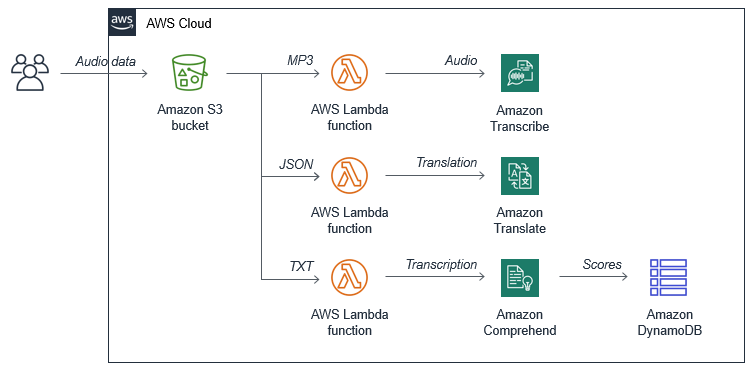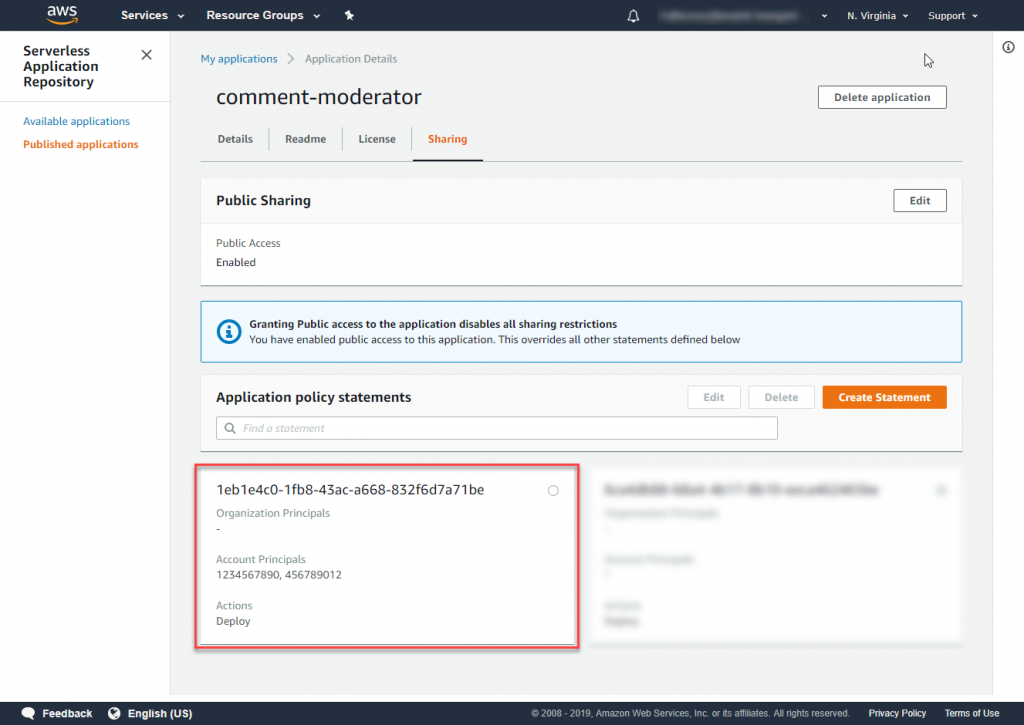AWS Compute Blog
Decoupling larger applications with Amazon EventBridge
This blog post shows how you can use an event-based architecture to decouple services and functional areas of applications. It uses the document repository solution as an example, to compare architecture after shifting to an event-based approach.
Automating scalable business workflows using minimal code
In this blog post, I show how to use a serverless application to build and manage enterprise workflows at scale. This minimal-code solution is highly scalable and flexible, and can be modified easily to meet your needs.
Translating documents at enterprise scale with serverless
Developing a scalable translation solution for thousands of documents can be challenging using traditional, server-based architecture. Using a serverless approach, this becomes much easier since you can use storage and compute services that scale for you.
Creating a searchable enterprise document repository
September 8, 2021: Amazon Elasticsearch Service has been renamed to Amazon OpenSearch Service. See details. Enterprise customers frequently have repositories with thousands of documents, images and other media. While these contain valuable information for users, it’s often hard to index and search this content. One challenge is interpreting the data intelligently, and another issue is […]
Announcing AWS Lambda support for .NET Core 3.1
This post is courtesy of Norm Johanson, Senior Software Development Engineer, AWS SDKs and Tools. From today, you can develop AWS Lambda functions using .NET Core 3.1. You can deploy to Lambda by setting the runtime parameter value to dotnetcore3.1. Version 1.17.0.0 AWS Toolkit for Visual Studio and version 4.0.0 of the .NET Core Global Tool […]
Converting call center recordings into useful data for analytics
Many businesses operate call centers that record conversations with customers for training or regulatory purposes. These vast collections of audio offer unique opportunities for improving customer service. However, since audio data is mostly unsearchable, it’s usually archived in these systems and never analyzed for insights. Developing machine learning models for accurately understanding and transcribing speech […]
The AWS Serverless Application Repository adds sharing for AWS Organizations
The AWS Serverless Application Repository (SAR) enables builders to package serverless applications and reuse these within their own AWS accounts, or share with a broader audience. Previously, SAR applications could only be shared with specific AWS account IDs or made publicly available to all users. For organizations with large numbers of AWS accounts, this means […]
Generating REST APIs from data classes in Python
This post is courtesy of Robert Enyedi – Senior Research Engineer – AI Labs Implementing and managing public APIs is greatly simplified by API Gateway. Among the various features of API Gateway, the ability to import API definitions in the Open API format is powerful. In this post, I show how you can automatically generate REST […]
Analyzing API Gateway custom access logs for custom domain names
This post is courtesy of Taka Matsumoto, Cloud Support Engineer, AWS If you are using custom domain names in Amazon API Gateway, it can be useful to gain insights into requests sent to each custom domain name. Although API Gateway provides CloudWatch metrics and options to deliver request logs to Amazon CloudWatch Logs, there is […]
Integrating Amazon EventBridge into your serverless applications
Event-driven architecture enables developers to create decoupled services across applications. When combined with the range of managed services available in AWS, this approach can make applications highly scalable and flexible, with minimal maintenance. Many services in the AWS Cloud produce events, including integrated software as a service (SaaS) applications. Your custom applications can also produce […]










